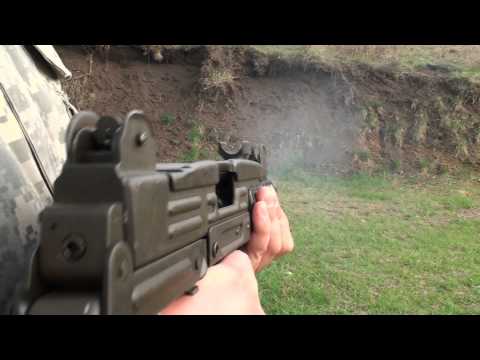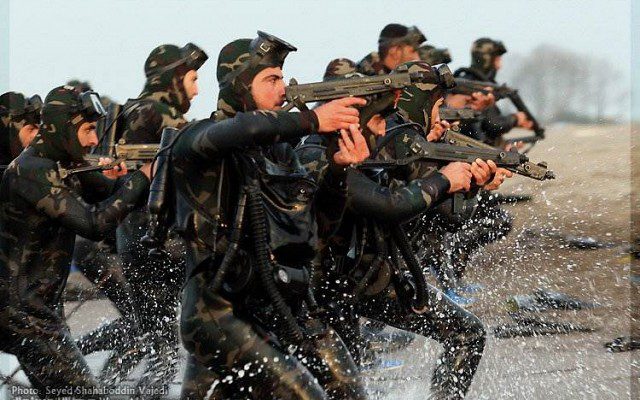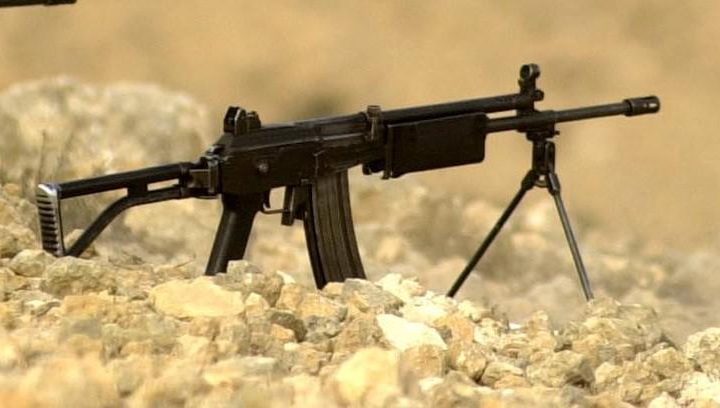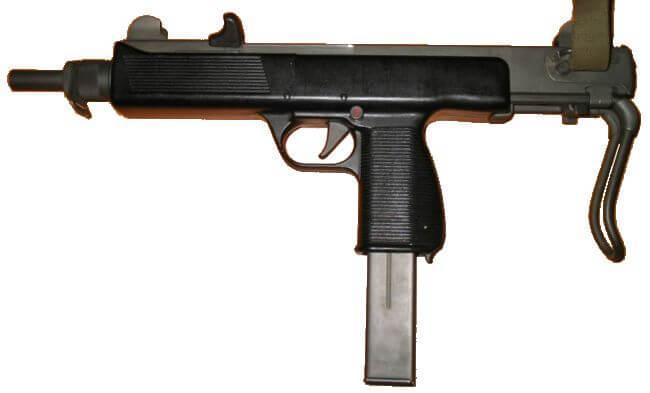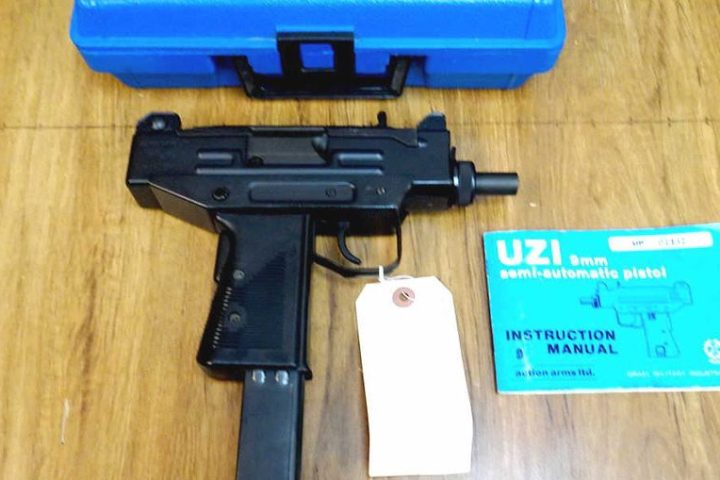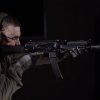The IMI Uzi is a submachine gun chambered in 9×19 mm Parabellum used as a police and special forces firearm for decades. It was officially introduced in 1951, and it entered service with IDF’s special forces in 1954. From 1956, it became the standard weapon in IDF issued to rear-echelon troops, officers, artillery troops, tank crews, and a frontline weapon by elite light infantry assault forces.
Development
In 1949, after the Arab-Israeli war (1948), Uziel Gal, then Israel’s army lieutenant, developed UZI based on earlier Czech designs with certain improvements. Earlier Czech designs worked on a principle where bullets were fed into the gun’s chamber from a box-shaped magazine inserted into the pistol grip. The bullets were fired by a hollowed-out bolt that slid around much of the barrel as it shot forward.
Gal’s concept was to combine these features to produce a gun that was easy to load, of unprecedented compactness, reasonably stable and accurate even when fired automatically, and extremely well-tooled and durable.

The IDF (Israeli Defence Forces) adopted it as the standard-issue submachine gun two years later. Initial production was started by the Israel Military Industries (IMI). Despite its great popularity, the IDF started to phase out it from frontline service in the 1980s, while reserve units used it for the next few decades until it was completely phased out of IDF in 2003.
It was been built in more than 10,000,000 numbers and from the 1960s through to the 1980s, it was sold to more military, law enforcement, and security markets than any other submachine gun ever made.
Design
The gun is an open bolt, a blowback-operated submachine gun with a standard 9×19 mm Parabellum round. The gun designer has been widely influenced by the British MCEM-2 and Czechoslovak Sa vz.23 submachine guns.
The design of the IMI Uzi has been influenced by the British MCEM-2 experimental submachine gun or Czechoslovak SAMOPAL vz.23 submachine gun. Both of these weapons had their magazines housed in their pistol grips.
The gun was revolutionary because it was simple in design and technology. The gun itself was made primarily from stamped sheet metal with only a few moving parts that allowed it to become simple and easy for maintenance and repairs under all conditions, including field stripping. The IDF selected UZI due to these reasons, primarily due to its simplicity and ease of production.
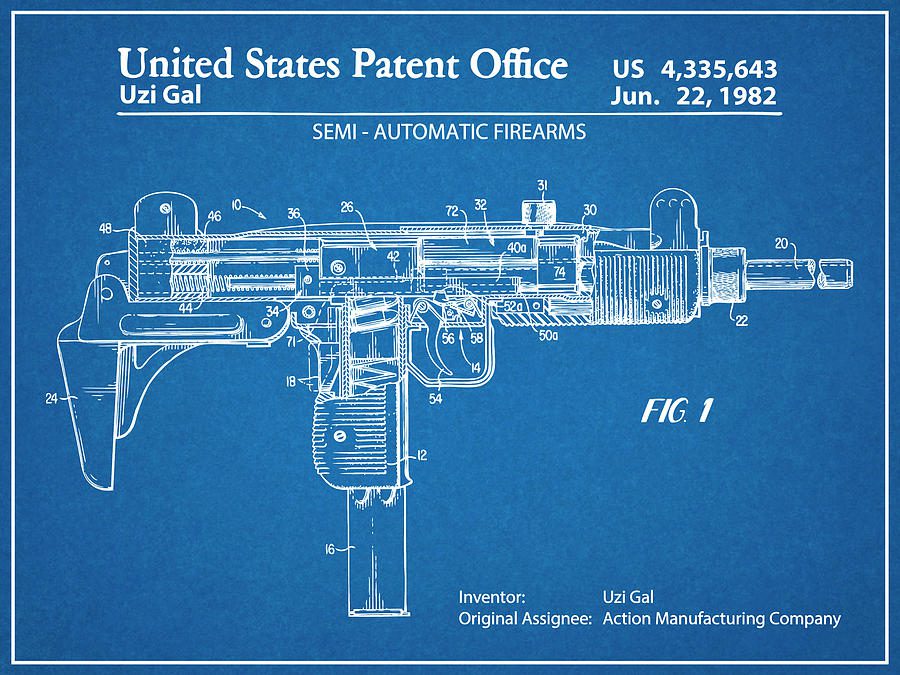
The gun is fitted with a manual safety switch, serving as a fire mode selector. The selector can be put in semi-auto or full-auto mode. Uzi also has an additional automatic grip safety button. A charging handle is located on top of the receiver. The weapon can be charged by using either hand. The charging handle does not reciprocate when the gun is fired.
It has a cutout in the middle in order not to obstruct the sights. The magazine is housed in the pistol grip. This feature made UZI shorter, better balanced, and reloading become more intuitive. The Uzi can be held and shot using just one hand if required.
The gun is fed from 25-, 32-, 40-, or 50-round box-shaped magazines. Early production models of this submachine gun have a detachable wooden stock. Later models were fitted with a collapsible metal stock. It is a reliable weapon; however, it can still jam if not cleaned regularly. The downside of the Uzi is its limited range and accuracy, especially in full-auto mode. Also, it has some design flaws. These were the main reasons this submachine gun was phased out of the IDF service.
Users
The IMI UZI was so successful that it had been adopted by more than 90 countries worldwide either for military use or by law enforcement forces. It was license-produced in Belgium by FN Herstal (FN Uzi) and Rhodesia (now Zimbabwe). Unlicensed copies have been produced in China (Model 320) and Croatia (Strojnica ERO). There are numerous clones of this submachine gun.
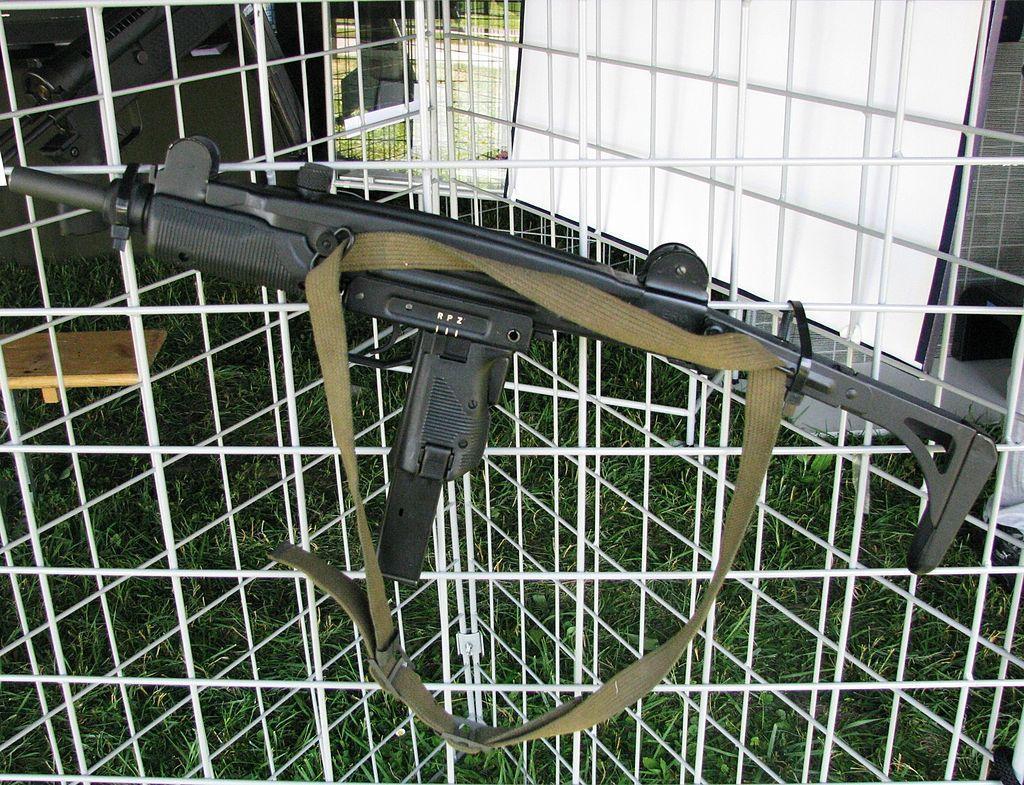
Variants
- Uzi carbine, fitted with a longer barrel. It has been aimed mainly at civil customers.
- Mini Uzi is a compact model developed in 1982. It is fitted with a shorter barrel and a side-folded frame stock. This submachine gun is also compatible with smaller 20-round capacity magazines. Its range of effective fire is about 100 meters.
- Micro Uzi, an even more compact model, was developed in 1983. It has a side-folded frame stock, similar to that of the Mini Uzi. It uses smaller 20-round magazines as standard. The range of effective fire is about 30 meters.
- Uzi pistol is a scaled-down Micro Uzi without shoulder stock. It fires in semi-automatic mode only and has been aimed mainly at the civilian market.
- Uzi PRO is a recent and redesigned version intended primarily for Israel’s special operations forces. This submachine gun was introduced in 2003. It evolved from the Micro Uzi after the IMI engineers had gathered complaints, impressions, and reports from the Micro Uzi users.
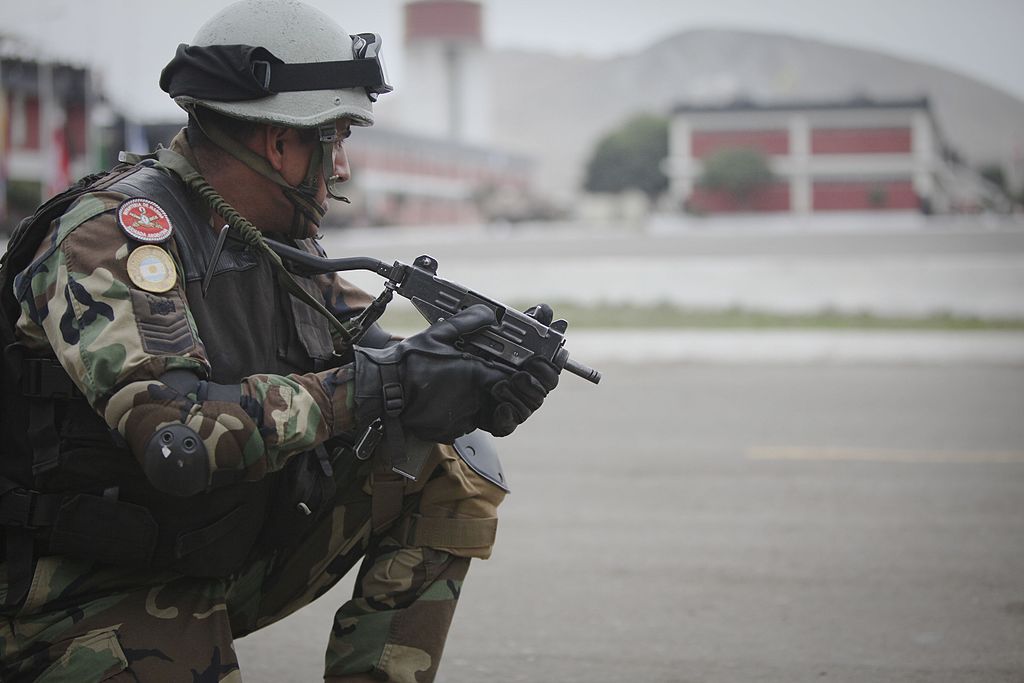
Technical specifications
| Manufacturer and country of origin: | Israel Military Industry Ltd. (IMI), Israel |
| Entered service: | 1954 |
| Caliber: | 9×19 mm |
| Weight (unloaded): | 3.5 kg |
| Length (stock extended): | 650 mm |
| Length (stock folded): | 470 mm |
| Barrel length: | 260 mm |
| Muzzle velocity: | 400 m/s |
| Cyclic rate of fire: | 600 rpm |
| Practical rate of fire: | 40 – 120 rpm |
| Magazine capacity: | 25, 32, 40, 50 rounds |
| Sighting range: | 200 m |
| Range of effective fire: | 100 m |



